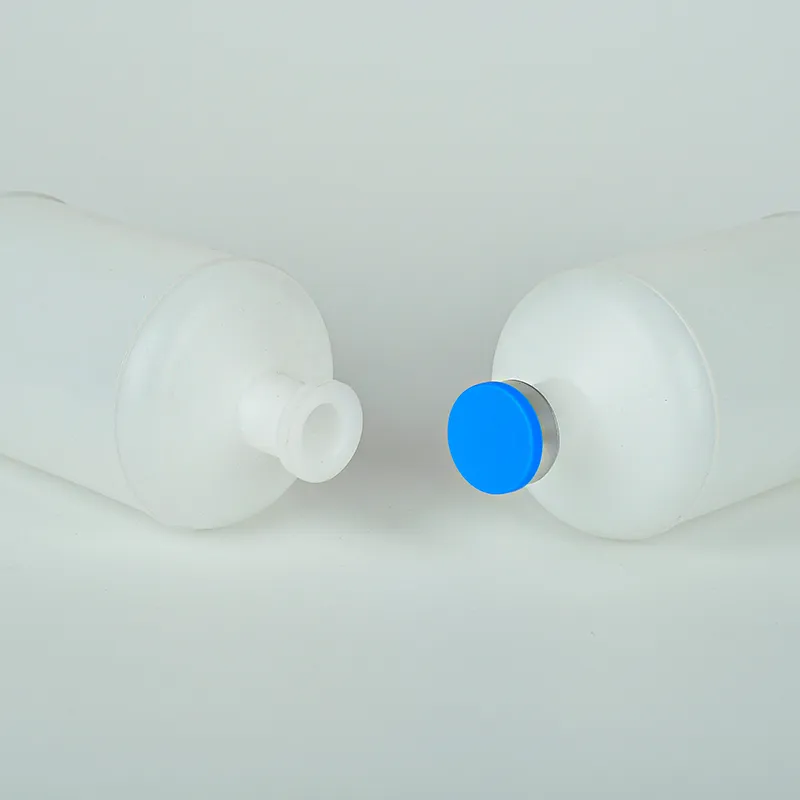Best Practices for Choosing the Right Blood Collection Tube for Laboratory Analysis
Understanding Blood Sample Collection Tubes A Comprehensive Guide
Blood sample collection is a fundamental procedure in modern medicine, crucial for diagnosis, treatment, and monitoring of various health conditions. One of the most important aspects of this process is the use of specialized blood collection tubes, each designed for specific tests. Understanding the different types of blood sample collection tubes and their uses can enhance the accuracy of lab results and improve patient care.
Blood collection tubes are typically made of glass or plastic and come in various colors, with each color indicating the type of additive contained within the tube. These additives play a significant role in preserving the sample and ensuring its integrity for laboratory analysis. Here’s an overview of common blood collection tubes and their uses
1. Red Top Tube (No Additive) This tube does not contain any additives and is often used for collecting serum samples. It is typically utilized for serology testing and routine blood chemistry tests. Since it allows the blood to clot, it is essential to let the sample sit for a period before centrifugation to separate the serum from the clot.
Understanding Blood Sample Collection Tubes A Comprehensive Guide
3. Green Top Tube (Heparin Additive) This tube features heparin as its anticoagulant, making it suitable for whole blood or plasma testing. It’s commonly used in chemistry tests that require plasma, such as electrolyte studies and some hormone levels. There are forms of heparin tubes, including lithium heparin and sodium heparin, which can be selected based on the specific requirements of the tests being conducted.
blood sample collection tube name

4. Lavender Top Tube (EDTA Additive) This tube contains ethylenediaminetetraacetic acid (EDTA) as its anticoagulant. It is particularly advantageous for complete blood counts (CBC), blood smears, and blood typing, as it preserves cellular components. It’s critical for laboratory personnel to ensure that this tube is filled properly, as an insufficient volume can lead to inaccurate results.
5. Gray Top Tube (Fluoride Oxalate Additive) This tube contains sodium fluoride and potassium oxalate, which prevent glycolysis and inhibit clotting. It is mostly used for glucose testing and lactate measurements. When a glucose test is required, it is vital to ensure that the patient is fasting to obtain reliable results, as glucose levels can fluctuate based on recent food intake.
6. Yellow Top Tube (ACD or SPS Additive) Yellow top tubes may contain Acid Citrate Dextrose (ACD) for blood bank studies or Sodium Polyanethol Sulfonate (SPS) for blood cultures. These tubes are essential for microbiological testing and compatibility testing in transfusions.
In recent years, advancements in blood collection technology have introduced new types of tubes and additives to enhance specimen quality and stability. Manufacturers have also implemented safety mechanisms in needle design, reducing the risk of needle-stick injuries during blood collection procedures.
In conclusion, understanding the various blood sample collection tubes and their intended uses is crucial for healthcare professionals involved in blood sampling and testing. Utilizing the correct tube not only ensures compatibility with laboratory tests but also maintains the integrity of the sample, leading to accurate and reliable results. As medical practices continue to evolve, education about these tools remains essential for enhancing patient care and outcomes in clinical settings.
-
Durable 250ml Blue Plastic Vaccine Vial for Lab & Vet UseNewsAug.16,2025
-
Sterile Virus Sample Tubes: Secure & Reliable Specimen CollectionNewsAug.15,2025
-
White 250ml Plastic Vaccine Vial for Lab & Vet MedicineNewsAug.14,2025
-
Premium Clear Plastic Vaccine Vials for Lab & Vet MedicineNewsAug.13,2025
-
Plastic Clear Vaccine Vials | Lab & Vet Liquid StorageNewsAug.12,2025
-
Secure 250ml Blue Plastic Vaccine Vials for Lab & VetNewsAug.11,2025
























